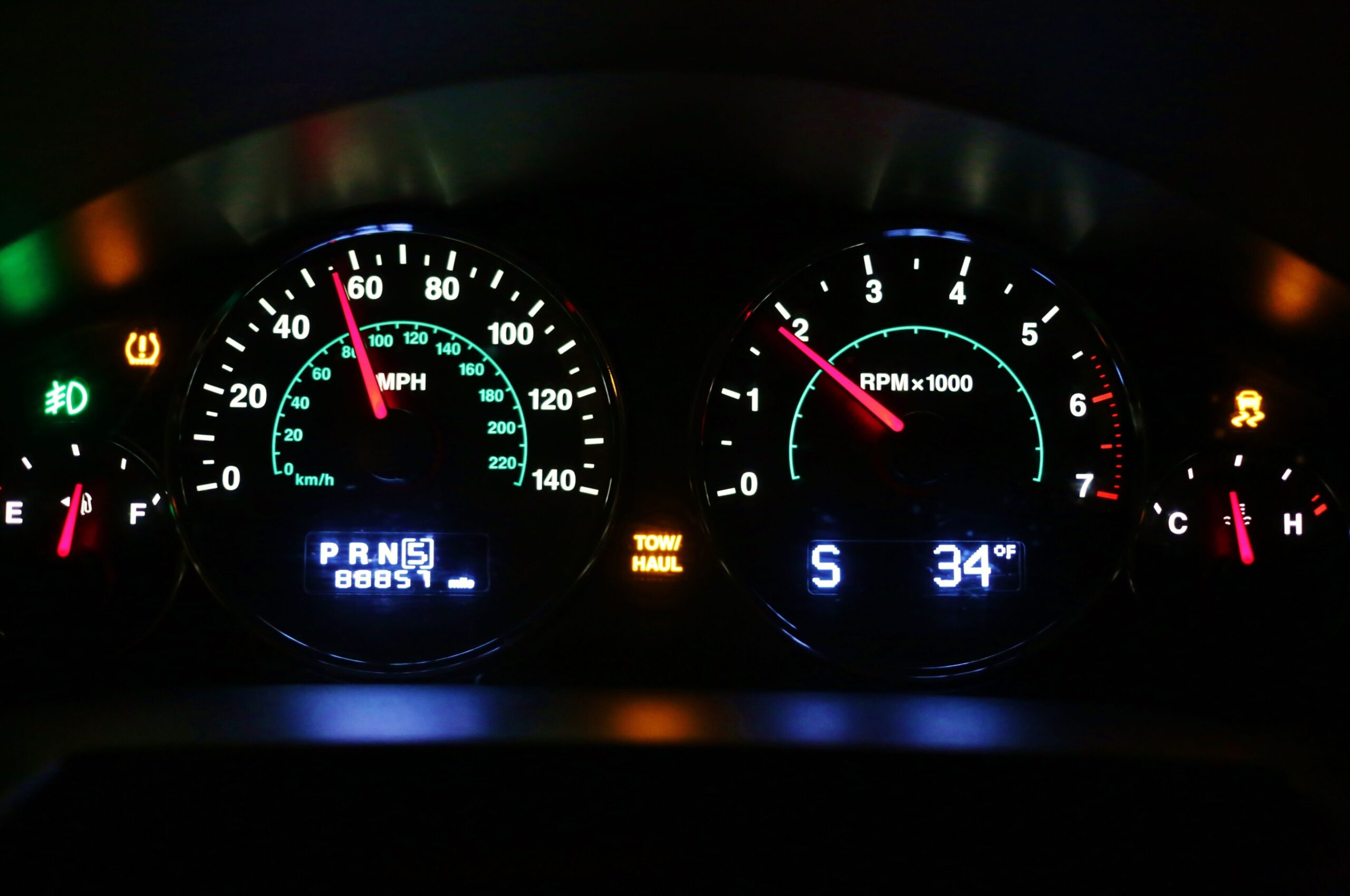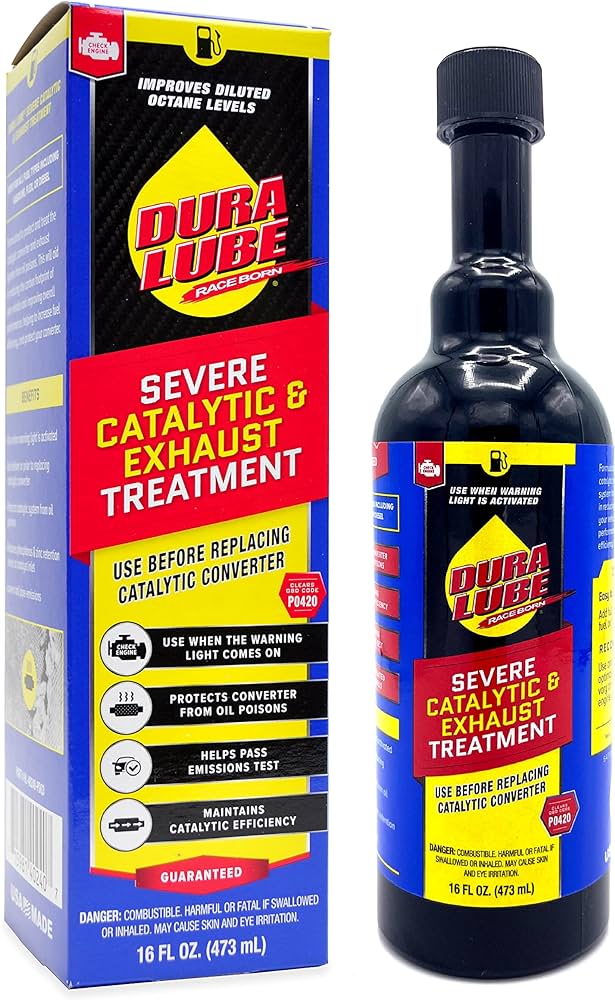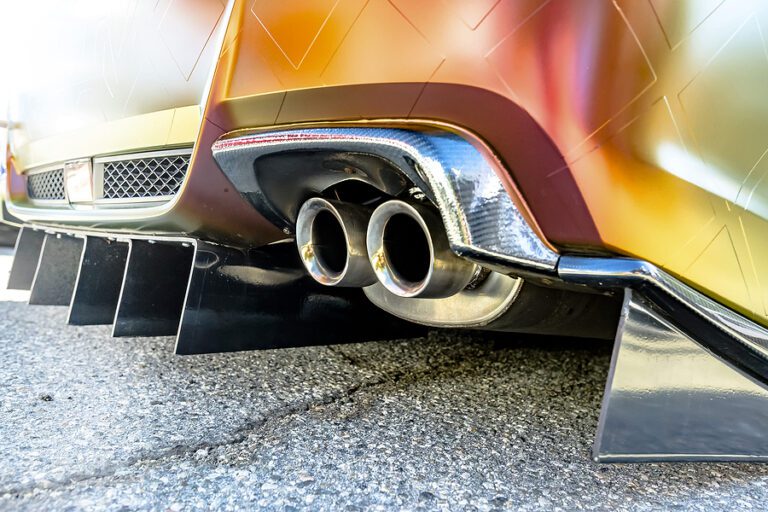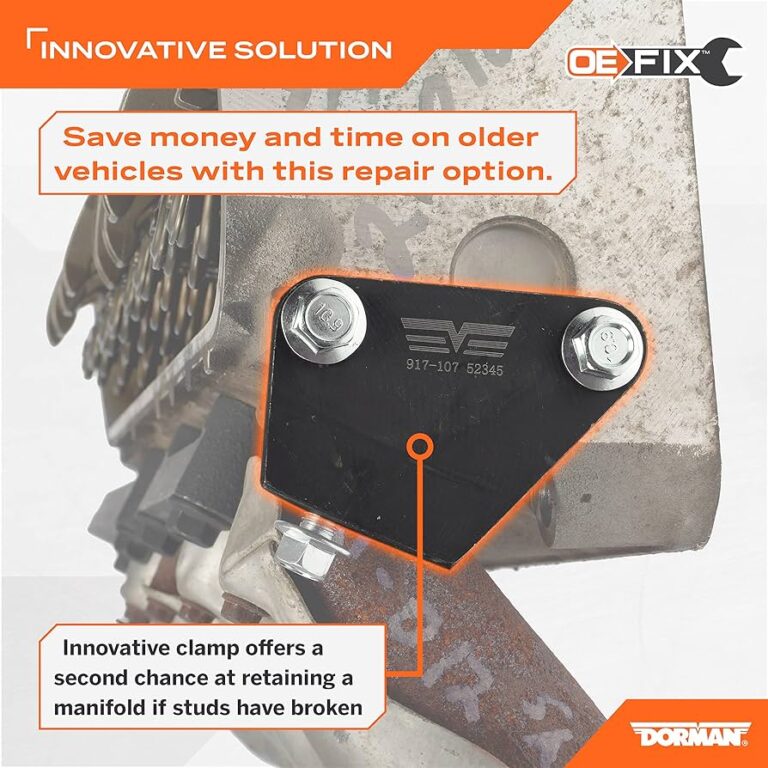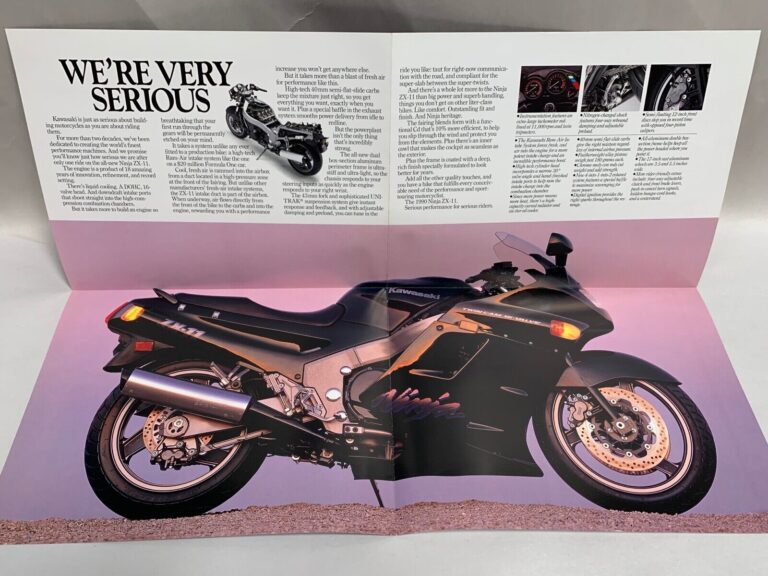What Does a Low Tire Pressure Light Look Like : Your Alert for Flat Tires
A low tire pressure light is usually represented by a yellow exclamation point within a tire shape on the car’s dashboard. Introducing a distinct, clear, and unmistakable symbol, a low tire pressure light serves as a visual warning on the dashboard, indicating when tire pressure drops below the recommended level.
This warning light is typically depicted by a yellow exclamation point, enclosed within a tire-shaped symbol. Its purpose is to alert the driver to the potential hazard of low tire pressure, which could compromise vehicle handling and fuel efficiency while increasing the risk of a tire blowout.
Monitoring and promptly addressing low tire pressure can ensure safe and optimal driving conditions. Familiarity with the appearance of this light is crucial for drivers to take appropriate action in addressing potential tire pressure issues.

Credit: www.blossomchevrolet.com
Importance Of Low Tire Pressure Light
Understanding the significance of tire pressure is crucial for safe driving. Low tire pressure can impact vehicle performance and pose serious safety risks. This is where the low tire pressure light plays a vital role.
The low tire pressure light serves as an early warning system, notifying drivers when the tire pressure drops below recommended levels. It is usually represented by an icon on the dashboard.
By continuously monitoring tire pressure, the light helps prevent accidents caused by underinflated tires. Low tire pressure can lead to decreased traction, poor handling, and longer braking distances. It can also cause uneven tire wear and increased fuel consumption.
When the low tire pressure light activates, it is important to take immediate action. Check all four tires’ pressure and inflate them to the recommended levels stated in the vehicle’s manual. Regularly monitoring tire pressure and responding to the low tire pressure light can ensure a safer driving experience.
Signs Of Low Tire Pressure
Signs of Low Tire Pressure:
If you notice a low tire pressure light on your vehicle’s dashboard, it is important to address the issue promptly to ensure your safety on the road.
Identifying the low tire pressure light on the dashboard:
| Possible warning symbols on the low tire pressure light: |
| 1. Exclamation point inside a horseshoe shape |
| 2. Tire with an exclamation point inside it |
| 3. Tire-shaped icon with an exclamation mark in the middle |
| 4. “TPMS” acronym |
If you see any of these symbols illuminated on your dashboard, it indicates low tire pressure. It is essential to check your tires and inflate them to the proper pressure as stated in your vehicle’s manual.
Remember, driving with low tire pressure can lead to reduced fuel efficiency, tire damage, and increased risk of accidents. Regularly monitor your tire pressure and promptly address any issues to ensure a smooth and safe driving experience.
Understanding Tire Pressure Monitoring System (tpms)
The Tire Pressure Monitoring System (TPMS) is a crucial component in ensuring the safety and performance of your vehicle. Its primary function is to monitor the tire pressure and alert you if it falls below the recommended level. TPMS works by using sensors located in each tire that measure the tire pressure and send signals to the onboard computer.
How Tpms Works For Monitoring Tire Pressure
TPMS sensors utilize either direct or indirect monitoring methods. Direct TPMS sensors are built inside the tire and measure the actual tire pressure using pressure sensors. They transmit this information wirelessly to the vehicle’s computer. On the other hand, indirect TPMS sensors rely on the use of the anti-lock braking system to monitor changes in wheel rotation. If a tire’s diameter decreases, it indicates lower pressure and triggers a warning.
Different Types Of Tpms Sensors Available
| Direct TPMS sensors | Indirect TPMS sensors |
|---|---|
| Measure actual tire pressure | Depend on changes in wheel rotation |
| Higher accuracy | May require recalibration |
| Costlier | Less costly |
It is important to understand TPMS and its sensors to ensure proper tire pressure maintenance in your vehicle. Regularly checking your tire pressure and responding to any TPMS alerts can significantly improve safety and extend the life of your tires.
Common Causes Of Low Tire Pressure
A low tire pressure light is an indicator on your vehicle’s dashboard that alerts you when the tire pressure drops below the recommended level. It is important to address this issue promptly to ensure your safety and prevent potential damage to your tires. Low tire pressure can have various causes, including gradual loss of air due to natural causes such as temperature changes and normal wear and tear. Factors contributing to sudden loss of tire pressure may include punctures, valve stem issues, bead leaks, or damage to the tire itself. It is recommended to regularly check your tire pressure and visually inspect for any signs of damage or wear to avoid potential hazards on the road.
Steps To React When Low Tire Pressure Light Appears
When your low tire pressure light appears, it’s crucial to take immediate action to ensure your safety on the road.
1. Don’t panic: Stay calm and focused when the light illuminates on your dashboard.
2. Find a safe location: Slowly and safely pull over to the side of the road or a parking lot.
3. Inspect your tires: Visually check each tire for any signs of damage, such as punctures or bulges.
4. Check the tire pressure: Use a tire pressure gauge or consult your vehicle’s manual to determine the optimal pressure levels for your tires.
5. Add air if necessary: If the pressure is below the recommended level, inflate your tires to the appropriate PSI using an air compressor or visiting a nearby gas station.
6. Monitor the light: If the low tire pressure light persists, schedule an appointment with a professional to inspect your tires for potential leaks or other issues.
By following these steps, you can address the low tire pressure situation promptly and ensure a safer driving experience.
Importance Of Maintaining Proper Tire Pressure
Maintaining proper tire pressure is essential for several reasons. Firstly, it directly impacts fuel efficiency. When tires are underinflated, they experience increased rolling resistance, which requires more energy from the engine to propel the vehicle forward. This can result in decreased gas mileage and higher fuel consumption. On the other hand, overinflated tires can cause uneven wear and reduced grip, leading to potential safety hazards.
Secondly, proper tire pressure extends the lifespan of your tires. Insufficient pressure can accelerate tire wear, causing them to wear out faster and requiring you to replace them more frequently. Maintaining optimal pressure helps distribute the vehicle’s weight evenly across the tire’s tread, promoting even wear and maximizing their longevity.
In addition to fuel efficiency and tire lifespan, maintaining the correct tire pressure also ensures better vehicle control and grip. Adequate pressure helps optimize the tire’s contact patch with the road, resulting in improved traction and handling. This is particularly crucial during hazardous weather conditions or emergency situations where having optimal grip can mean the difference between avoiding an accident or being involved in one.
Recommended Actions When The Light Stays On
htmlIf you notice that the low tire pressure light remains on despite carrying out the recommended actions, it is essential to understand the persistent low tire pressure issues. In such cases, it is advisable to consult a professional for further inspection. They possess the expertise and proper tools to diagnose the underlying problem accurately. By seeking professional assistance, you can ensure that all potential issues related to the tire pressure are thoroughly examined and addressed. It is crucial to take prompt action to prevent any further damage to the tires and ensure optimal safety while driving. Remember, maintaining appropriate tire pressure is essential for the overall performance and longevity of your vehicle.
Regular Tire Maintenance For Optimal Performance
Regular Tire Maintenance for Optimal Performance
Proper tire maintenance is crucial for ensuring optimal performance and safety on the road. One important aspect of tire maintenance is maintaining proper tire pressure. The recommended tire pressure for your vehicle can usually be found in the owner’s manual or on a sticker located on the driver’s side door jamb.
Underinflated or overinflated tires can lead to a host of problems. When tires are not inflated to the recommended pressure, it can cause uneven wear, decreased fuel efficiency, reduced handling capabilities, and increased risk of a blowout. To avoid these issues, it is essential to regularly check and adjust the tire pressure.
It is recommended to check your tire pressure at least once a month and before long trips. Using a reliable tire pressure gauge, make sure the pressure matches the recommended level. If the pressure is low, inflate the tires to the appropriate level. Additionally, tire rotation and inspection should be performed regularly to ensure even wear and detect any potential issues such as nail punctures or sidewall damage.
Additional Safety Tips For Drivers
Regular tire inspections and maintenance are crucial for the safety of drivers on the road. Apart from monitoring tire pressure, it is also important to understand other warning lights on the dashboard. These lights indicate various issues that drivers need to address immediately to prevent accidents.
Some common warning lights on the dashboard include the check engine light, ABS light, oil pressure light, and battery light. Each light has a different meaning and requires different actions. For example, the check engine light indicates a problem with the engine and may require a visit to a mechanic for diagnosis and repairs.
Being aware of these warning lights allows drivers to take appropriate action, ensure their vehicles are in good working condition, and prevent potential hazards on the road. Remember, regular tire inspections, and understanding other warning lights on the dashboard are essential for safe and smooth driving.
Frequently Asked Questions On What Does A Low Tire Pressure Light Look Like
Can I Drive With Tire Pressure Light On?
Yes, you can drive with the tire pressure light on, but it’s not recommended. Low tire pressure can impact your vehicle’s performance, fuel efficiency, and safety. It’s best to check and adjust tire pressure as soon as possible.
How Low Before Tire Pressure Light Comes On?
The tire pressure light typically comes on when the pressure in your tires is low.
Can You Visually Tell If Tire Pressure Is Low?
Yes, you can visually tell if tire pressure is low. By inspecting the tire’s appearance and checking for any signs of sagging or flattening, you can determine if the pressure needs adjustment.
What Does A Low Tire Pressure Light Look Like?
A low tire pressure light typically looks like an exclamation mark inside a U-shaped tire outline. The light usually illuminates on the dashboard when the tire pressure drops below the recommended level, indicating the need for inflation. Keeping an eye on this light helps prevent potential tire damage and maintain optimal driving conditions.
Conclusion
Being able to recognize the low tire pressure light is crucial for maintaining safe and efficient driving. By understanding its appearance and knowing how to respond, you can prevent potential tire-related issues and ensure the longevity of your vehicle. Remember to check your tire pressure regularly and take prompt action when the light appears.
Stay proactive and stay safe on the road!
